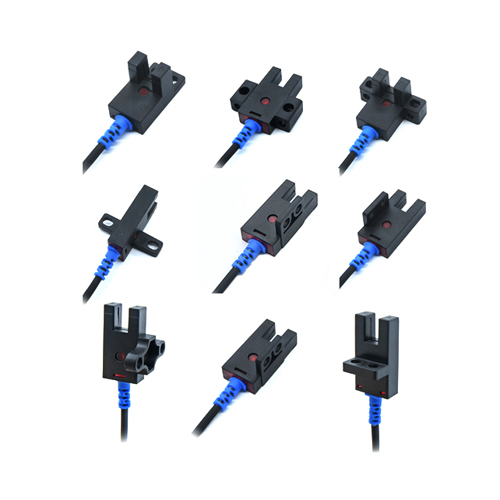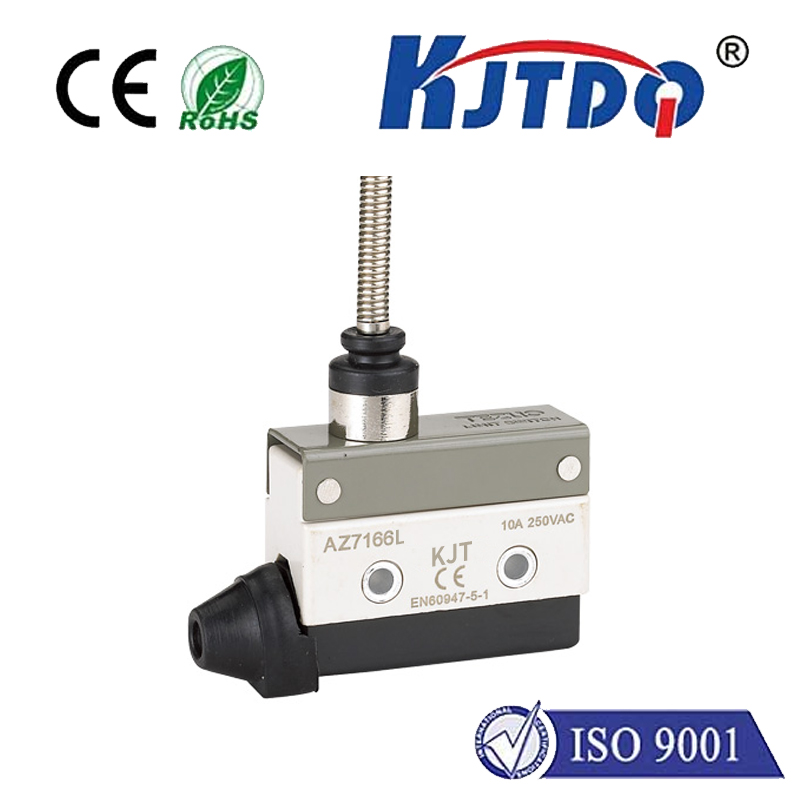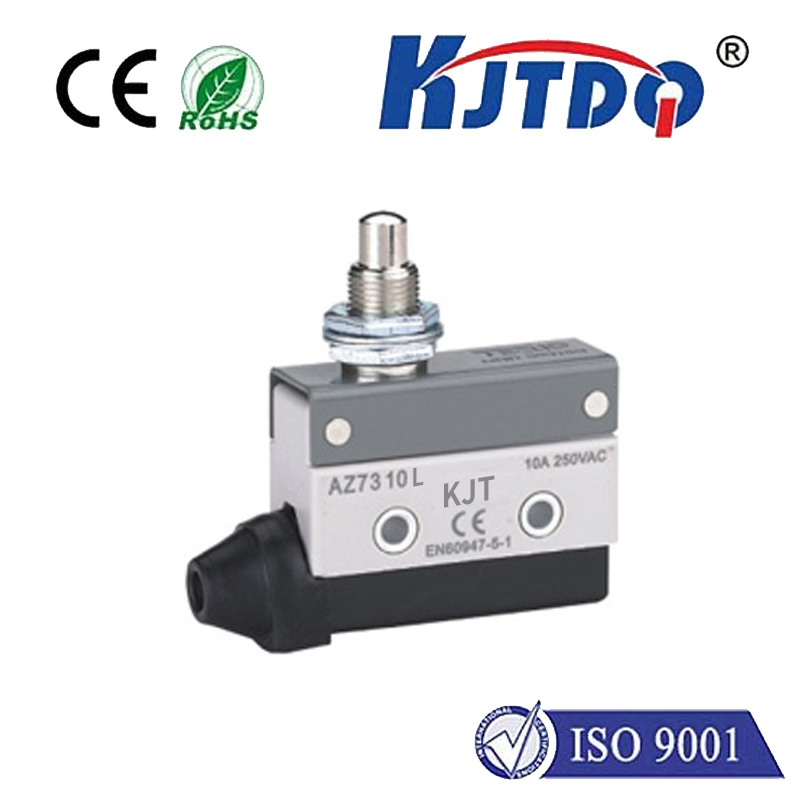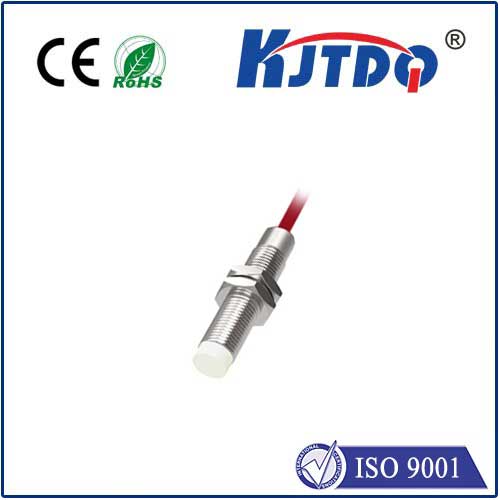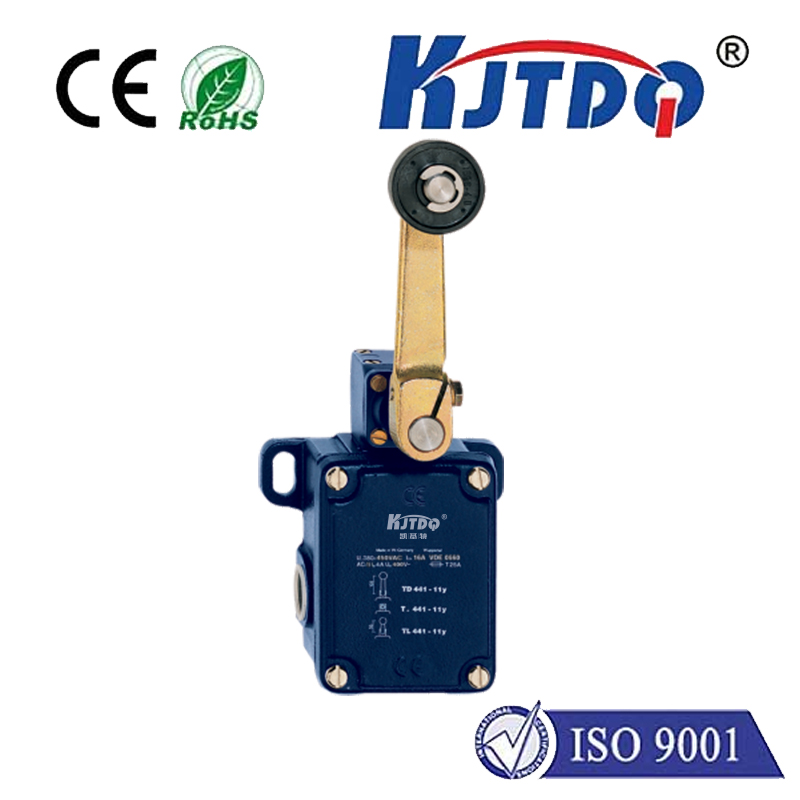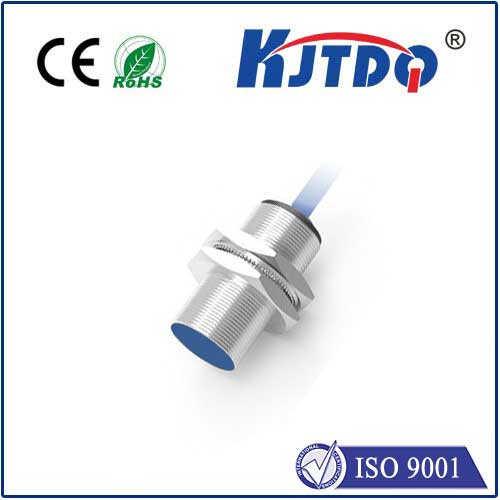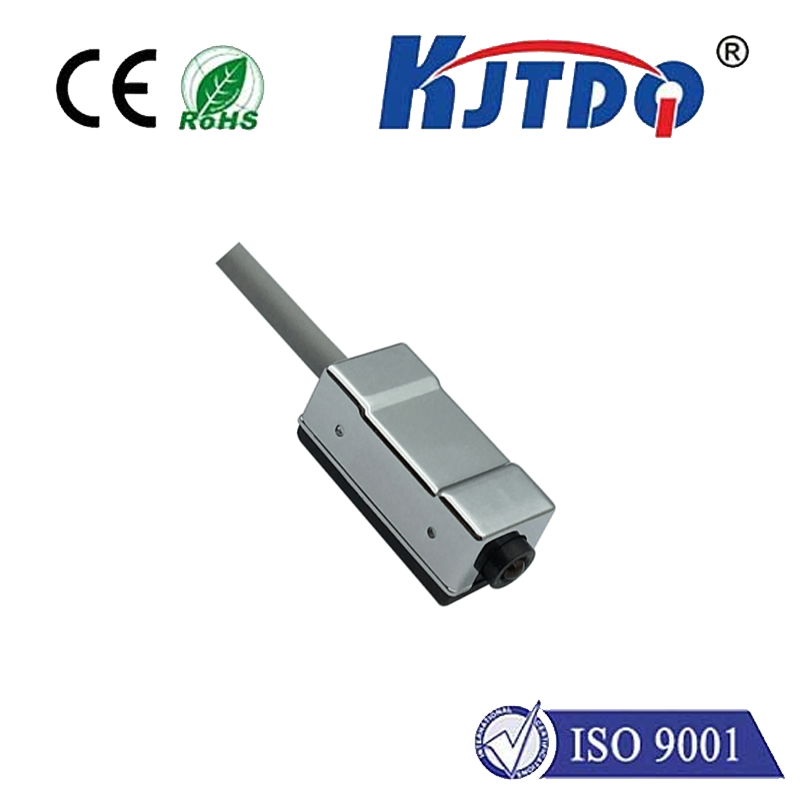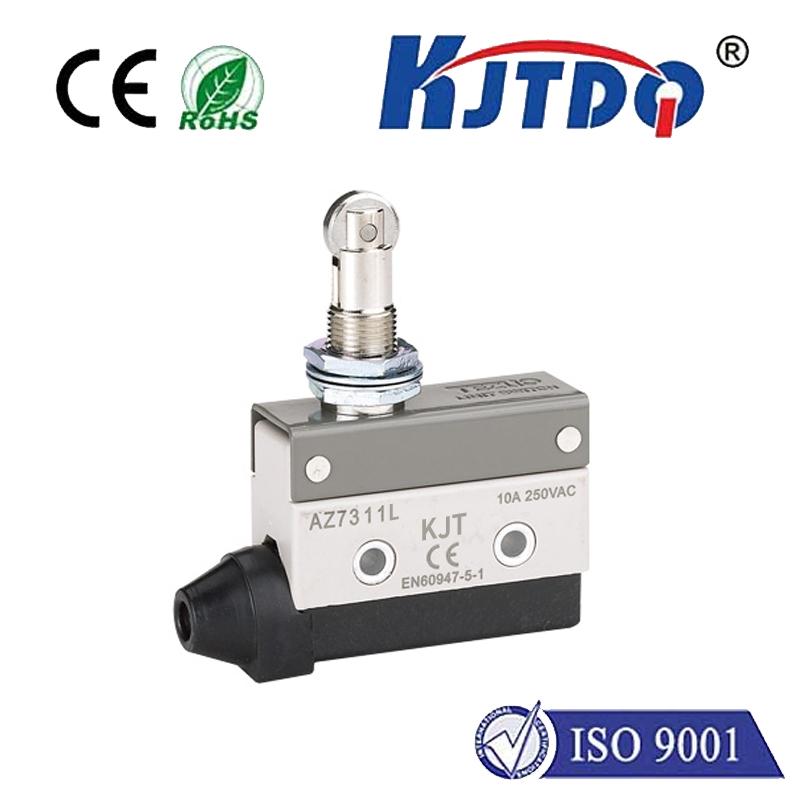

check

check

check

check

check

check

check

check

check

check
Title: Understanding Spring Type Limit Switches and Their Applications in Automation Systems
Introduction to Spring Type Limit Switches
In the world of automation systems, switches play a critical role in controlling various processes. One type of switch that is widely used is the spring type limit switch. This switch uses a mechanical spring to detect contact between two contacts, typically metal or chrome. When the switch is in contact with its normally closed (NO) or open (NC) position, it creates a force that pushes the contacts apart or together, respectively. This force is proportional to the distance between the contacts and can be used as an indication of the state of the switch. In this article, we will explore the working principle, applications, and advantages of spring type limit switches in automation systems.
Working Principle of Spring Type Limit Switches
Spring type limit switches consist of three main components: the coil, the spring, and the contacts. The coil is usually made of copper and contains several turns of wire, which when an electric current runs through it, creates a magnetic field. The magnetic field interacts with the Earth's magnetic field and induces a voltage in the coil, which is then converted into a current. This current flows through the contacts and causes them to move.
When the coil is not receiving any voltage, there is no current flowing through it, and therefore, no magnetic field is induced. The contacts are in their normally closed (NO) or open (NC) positions, depending on whether the spring is compressed or relaxed. When the coil receives a voltage, the magnetic field intensifies, causing more current to flow through the contacts and opening them. This movement of the contacts opens the circuit and allows current to flow freely between the coil and other parts of the system.
Applications of Spring Type Limit Switches
Spring type limit switches find diverse applications in various industries, including manufacturing, automotive, robotics, and aerospace. Some common use cases for these switches include:
1. Position Control: Spring type limit switches are commonly used in position control systems where precise positioning of machines or devices is required. They provide accurate feedback on the position of a mechanism and help ensure that it stays within specified limits.
2. Safety Monitoring: In hazardous environments such as factories or laboratories, spring type limit switches can be used to detect when machinery or equipment has reached its safe operating conditions. This helps prevent accidents and ensures compliance with safety regulations.
3. Motion Control: Spring type limit switches are often used in motion control systems to monitor the motion of motors or other moving parts. By detecting when they have reached their target positions or stopped moving, these switches can trigger actions such as switching off power or initiating emergency stop sequences.
Advantages of Spring Type Limit Switches
There are several advantages associated with using spring type limit switches in automation systems:
1. Simple Construction: Spring type limit switches are relatively simple devices with few moving parts, making them easy to design, manufacture, and maintain. They also require minimal energy to operate and have a high endurance life.
2. High Accuracy: Due to their precise sensing capability, spring type limit switches can provide highly accurate feedback on machine position and motion. This makes them ideal for applications that require precise positioning or control.
3. Easy Integration: Spring type limit switches can be easily integrated into various control systems and communication networks without requiring specialized hardware or software. They also offer flexible switching options such as multiple pole combinations and latching features that make them versatile and adaptable to different applications.
Conclusion
Spring type limit switches are an essential component of many automation systems due to their reliability, accuracy, and versatility. By understanding their working principle, applications
